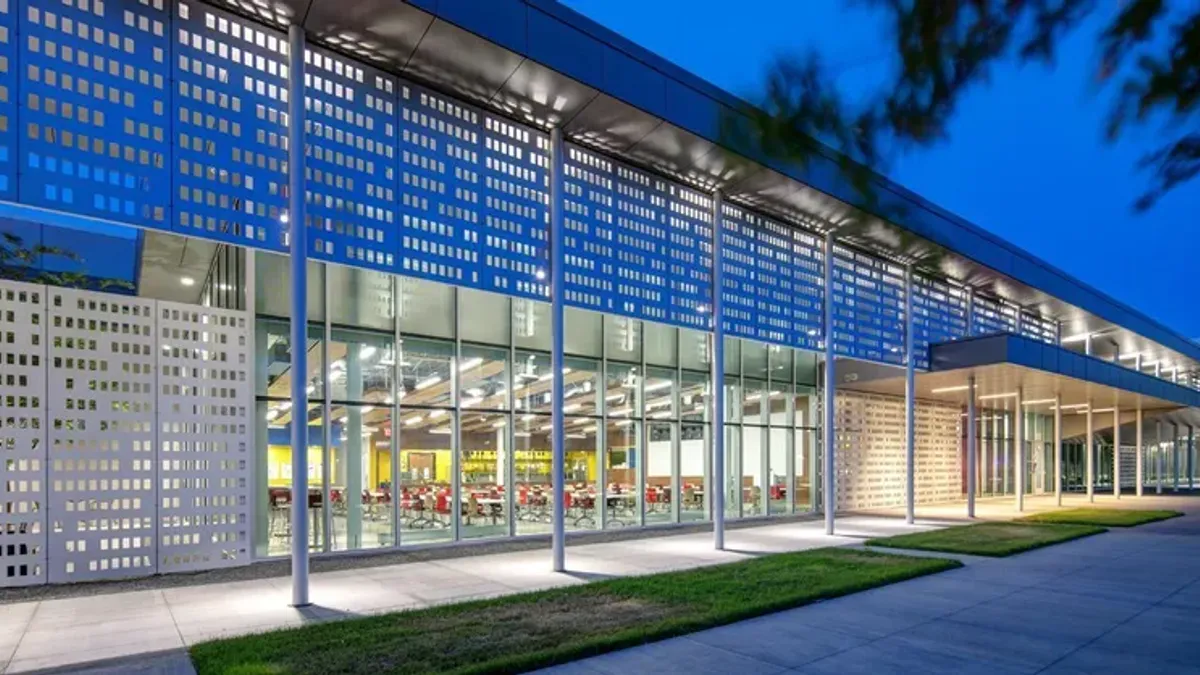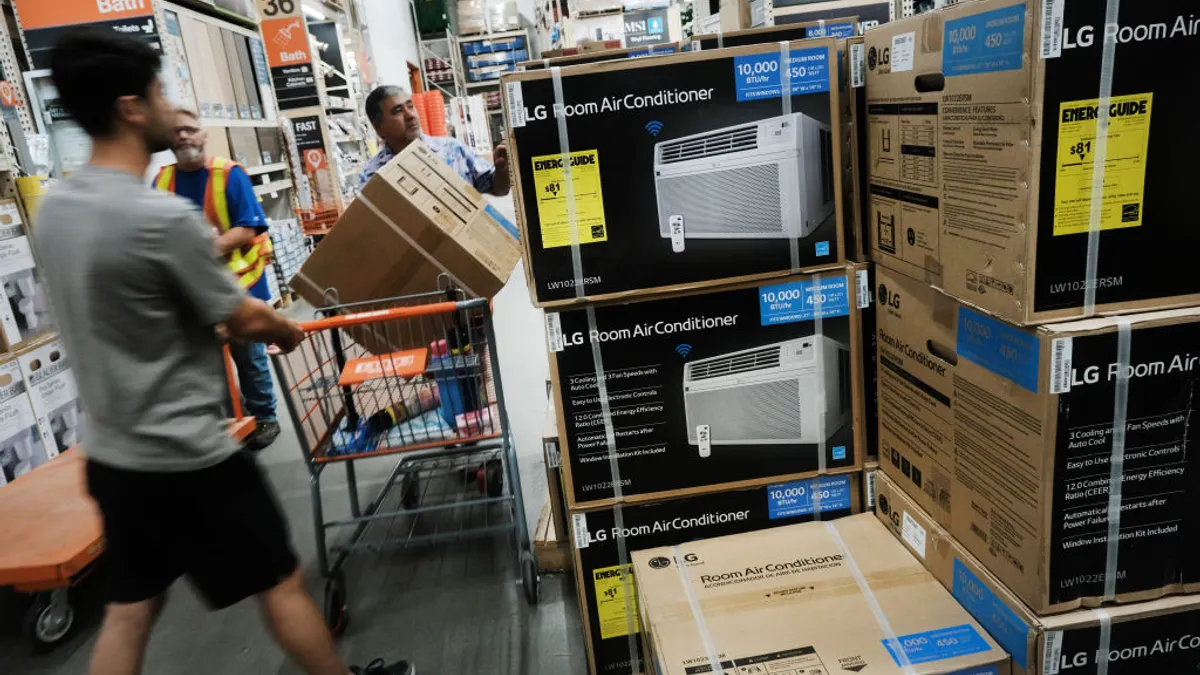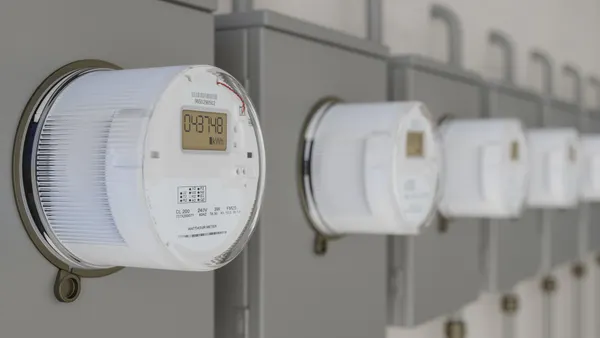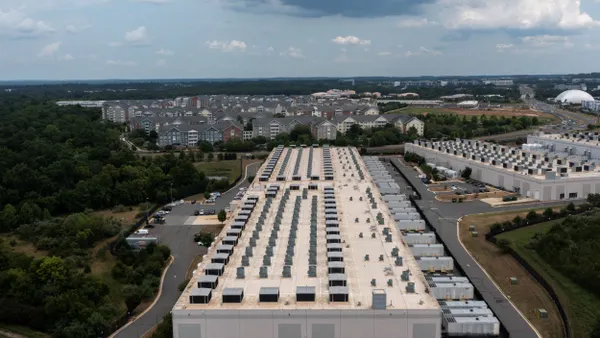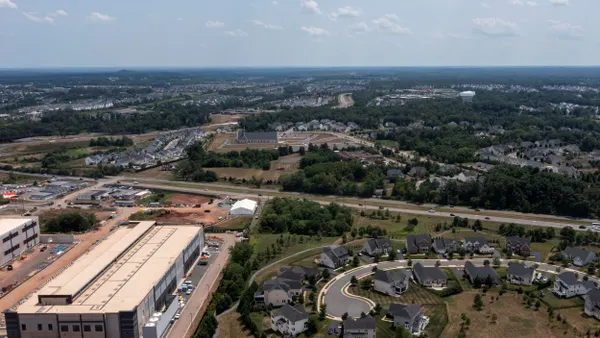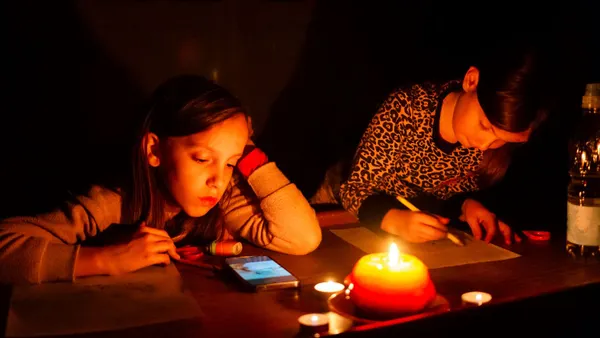The recent release of the Sixth Assessment Report from the Intergovernmental Panel on Climate Change highlights both the growing severity of climate change and the urgent need for rapid systemic changes in the energy sector. Electric and gas utilities across North America are increasingly working to reduce or eliminate emissions, and recognize that successfully decarbonizing the energy system as the planet continues to warm is likely to create a range of challenges to reliability and energy affordability. A few notable examples include the shift to more intermittent renewable electricity generation, an electrification-driven increase in peak demand, potential policy-driven capacity constraints on the gas system, and a rise in extreme weather events that affect energy availability. Fortunately, load management programs have potential to help alleviate these challenges if electric and gas utilities expand beyond their current offerings, and behavioral strategies represent an especially promising approach to scaling up load flexibility while also bolstering existing programs.
Behavioral load management essentially involves engaging with customers and asking them to voluntarily change their energy consumption for a period of time, with or without incentives. Although behavioral demand-response (BDR) programs designed to reduce peak demand have been around for roughly a decade, relatively few utilities currently offer these programs, often due to concerns about consistency of savings and a view that automated demand response (ADR) programs—like those using smart thermostats—offer more promise given their relatively large per-customer demand reductions. However, recent pilots from Copper Labs in partnership with utilities across Colorado and New York support the notion that BDR can offer significant demand reductions that are quantifiable, consistent, and scalable.
Uniquely among BDR platforms, Copper Labs leverages near-real-time data that’s remotely collected from existing electric or gas meters to help utilities engage with customers through a mobile app, and enables behavioral load management through in-app messaging. While Copper's platform enables utilities to engage targeted consumers in real-time and with customized incentives, most of its utility partner BDR programs have yet to offer monetary incentives. Instead, customers are often simply asked to help their utility support the broader community in a time of high energy use by limiting their consumption, with some specific examples of potential actions provided for reference. The availability of high-resolution, high-interval data—combined with either automated baseline analysis or randomized control trials (RCTs)—makes it much easier for utilities to immediately evaluate the actual impacts of behavioral messaging, and the data also help customers understand whether an action they’re taking is really making a difference.
The results so far have been striking. For one large utility running multiple informal BDR pilots in the summer, average per-participant electric demand reductions were 0.40 kilowatts (kW), a roughly 27% reduction in peak power draw. In another case, a co-op utility in Colorado—whose customers have fairly high levels of electric heating—put BDR to the test across a full year by running roughly 4 events per month (Figure 1), and saw average demand reductions of 0.25 kW. Likely due at least in part to the use of timely notifications and real-time customer feedback, these results compare favorably with previous utility evaluations of other BDR platforms that have shown reductions ranging from 0.02-0.22 kW. Most compellingly, though, even during months when the co-op utility ran multiple consecutive daily events, it saw no measurable loss in participants or negative impacts on demand reductions.

BDR also doesn’t need to be limited to electric utilities. In the winter of 2022, National Grid used Copper’s platform to implement a gas BDR pilot in the middle of a severe blizzard to see if—at scale—this approach might be able to help alleviate capacity constraints on the gas system in emergency scenarios. Using an RCT where half of participants received a behavioral message and half received no message at all, the utility found that participants receiving the message reduced their gas consumption by an average of 18% over the 4-hour event window.
It's worth noting that the demand reductions demonstrated in BDR events are typically smaller than those seen in smart thermostat ADR programs. What makes them particularly compelling, however, is the potential scale they can reach. Smart thermostats are currently in less than 20% of US homes, according to S&P Global Market Intelligence, limiting the maximum potential reach of thermostat-based ADR programs. This is particularly relevant considering that customer participation in demand response programs is often 10% or less of the target population. In contrast, BDR programs that aren’t reliant on in-home technology and are more fundamentally based on effective customer engagement have potential to be scaled widely across nearly an entire service territory, enabling deeper load impacts than thermostat-based approaches alone may be able to offer. Similarly, many low- to moderate-income customers don’t currently have reliable in-home Wi-Fi, making them effectively unable to participate in existing utility ADR programs (regardless of the cost of the thermostat or other supporting equipment). For this reason, approaches like BDR that don’t require Wi-Fi can help utilities expand both the reach and equity of their load management programs.
BDR offerings can help complement and support existing ADR programs as well by increasing customer engagement. For example, a number of thermostat-based demand response programs have unexpectedly made the news over the past few years as a result of customers who forgot they signed up and then got upset when their utility unexpectedly adjusted their thermostat, or as a result of mistrust about why utilities would want to promote smart thermostats. Better customer engagement, and an increased diversity of load management approaches, can help remind customers why they signed up in the first place and the value of their participation so that they are more likely to remain positive contributors to these programs.
Approaches like Copper’s that build in improved data collection and near-real-time evaluation of demand reductions can also open the door to performance-based incentives that provide financial rewards to customers based on both the reductions realized and the real-time value of those reductions to the utility (based on either energy or carbon costs). If effectively optimized, that kind of approach has potential to become a fundamentally more equitable and cost-effective way to run future load management programs compared with current rebate structures.
By exploring new approaches to load management and better engaging with customers, utilities can be well-positioned to ensure that service remains as equitable, affordable, and resilient as possible as they transition to a low-carbon future. Behavioral load management is inherently flexible and scalable, has demonstrated consistent and valuable load impacts, and can complement existing load management programs. And, as utilities partner more closely with customers to support the electric or gas grid, there will be even more opportunities to experiment with new approaches to meet evolving needs going forward.




